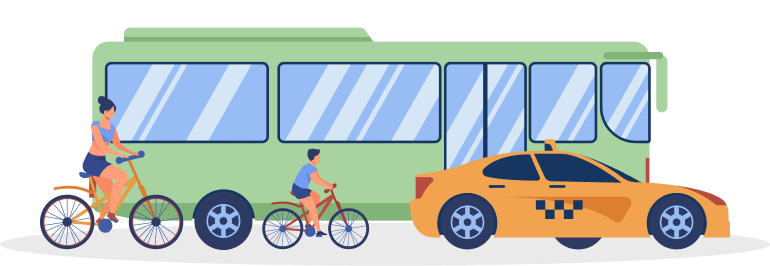Worcester
We did the research. Find a place to call home.
B
Quality of Life Score
Worcester Information
185428
Total Population
31.5%
Married Persons
68.5%
Single Persons

7.5/10
City Rating
Worcester is a city in Massachusetts known for its historical significance, diverse neighborhoods, and cultural attractions.
7.2/10
Overall Value
Worcester offers a balanced urban lifestyle with reasonable quality of life factors.
10/10
Density (Population per mile²)
Worcester has a moderate population density with a mix of residential and commercial areas.
1500
Worcester
153606
Springfield
City Info
Worcester is characterized by its historical charm, cultural offerings, and diverse community.
Residence
45% (Homes Rented)

60 Years
Median Home Age
$280000
Median Home Price
2%
Home Aappreciation Rate
1.5%
Annual Property Tax
Weather
70%
Sun
33%
Rain
22%
snow
Residence
Worcester, Massachusetts, offers a diverse housing landscape with good to moderate air quality, a varied climate, and older homes from the early to mid-20th century. Median home prices hover around $280,000 (verify current rates) with moderate appreciation. Property tax rates range from 1.5% to 2.5%, and homeownership rates are approximately 50-55%.
Community
4
Crime Rate (per 100,000)
Democratic
Political Majority
30
Average Age
Community
This Worcester community is diverse in religious affiliations, with a moderate crime rate and an average age of 30 to 40 years. It leans Democratic in politics but embraces a mix of views, making it a vibrant and inclusive neighborhood.
Locale

Occupation
30%
Management, Business, Art & Sciences
25%
Sales & Office Occupations
15%
Service Occupations
10%
Production, Transportation & Material Moving
5%
Natural Resources, Construction & Maintenance
Education
1:15
Student Teacher Ratio
85%
High School Diploma
45%
Some College or Associates Degree
20%
Bachelors Degree
10%
Graduate or Professional Degree
Locale
Specific designation unavailable. Unemployment around national average (5-6%). Occupations varied, education levels include high school diplomas (85-90%), some college or associates degrees (45-50%), bachelor's degrees (20-25%), and graduate or professional degrees (10-15%). Common student-teacher ratio around 15:1 to 20:1.
Transit
30%
Public Transportation
70%
Car
10%
Carpool
5%
Work At Home
Transit
The percentage of people using public transit varies, with some areas having more extensive public transportation systems.


